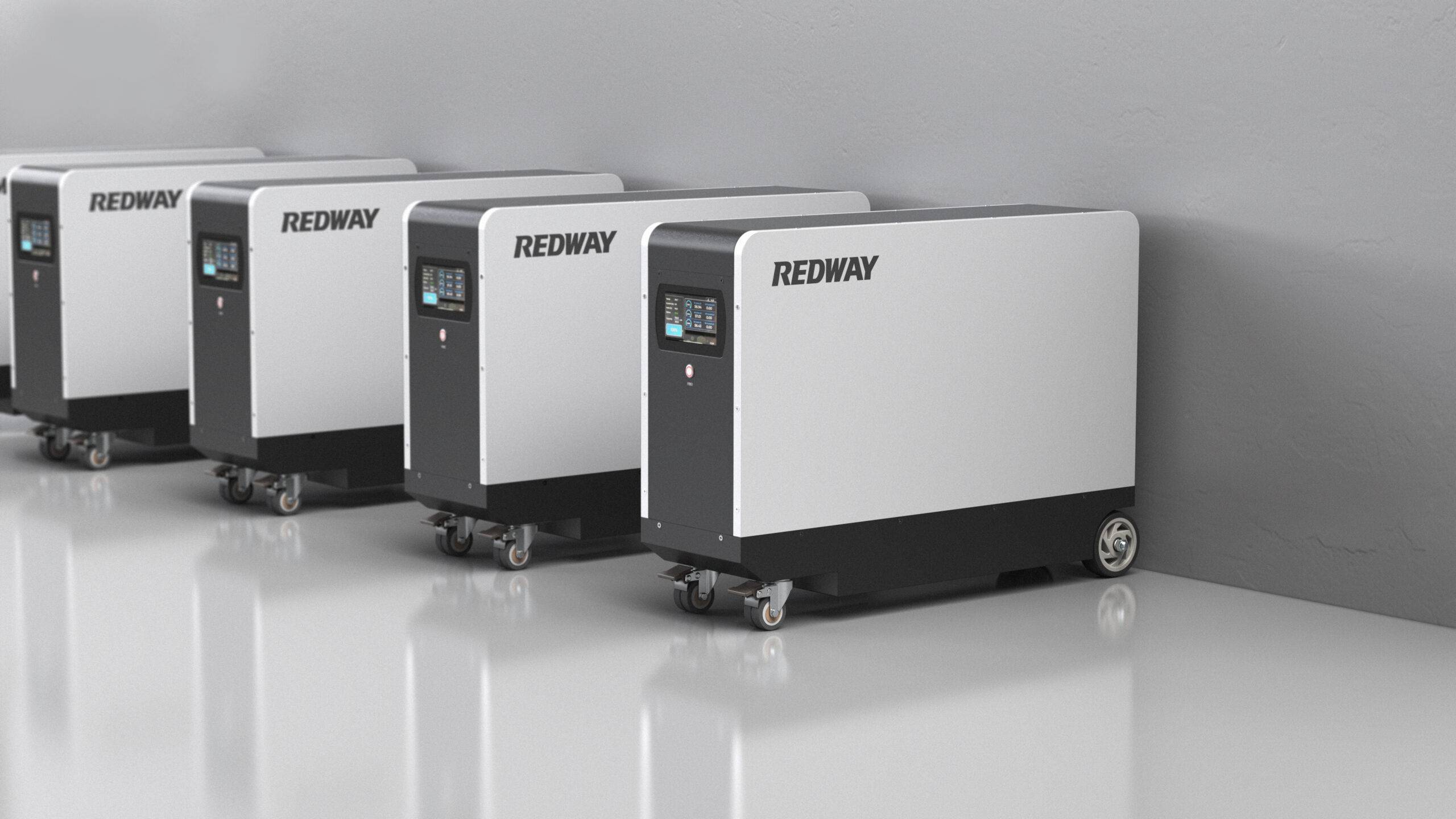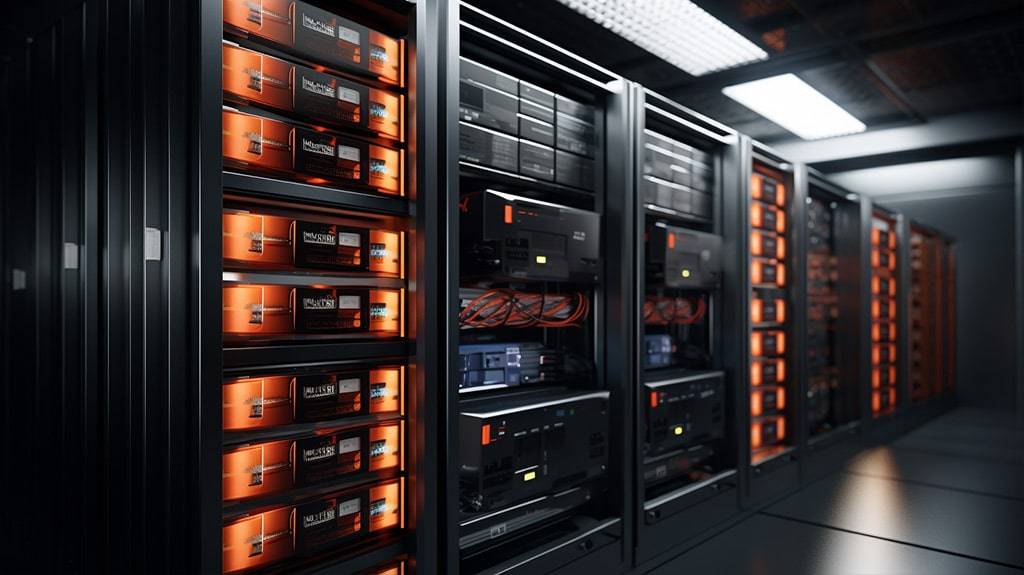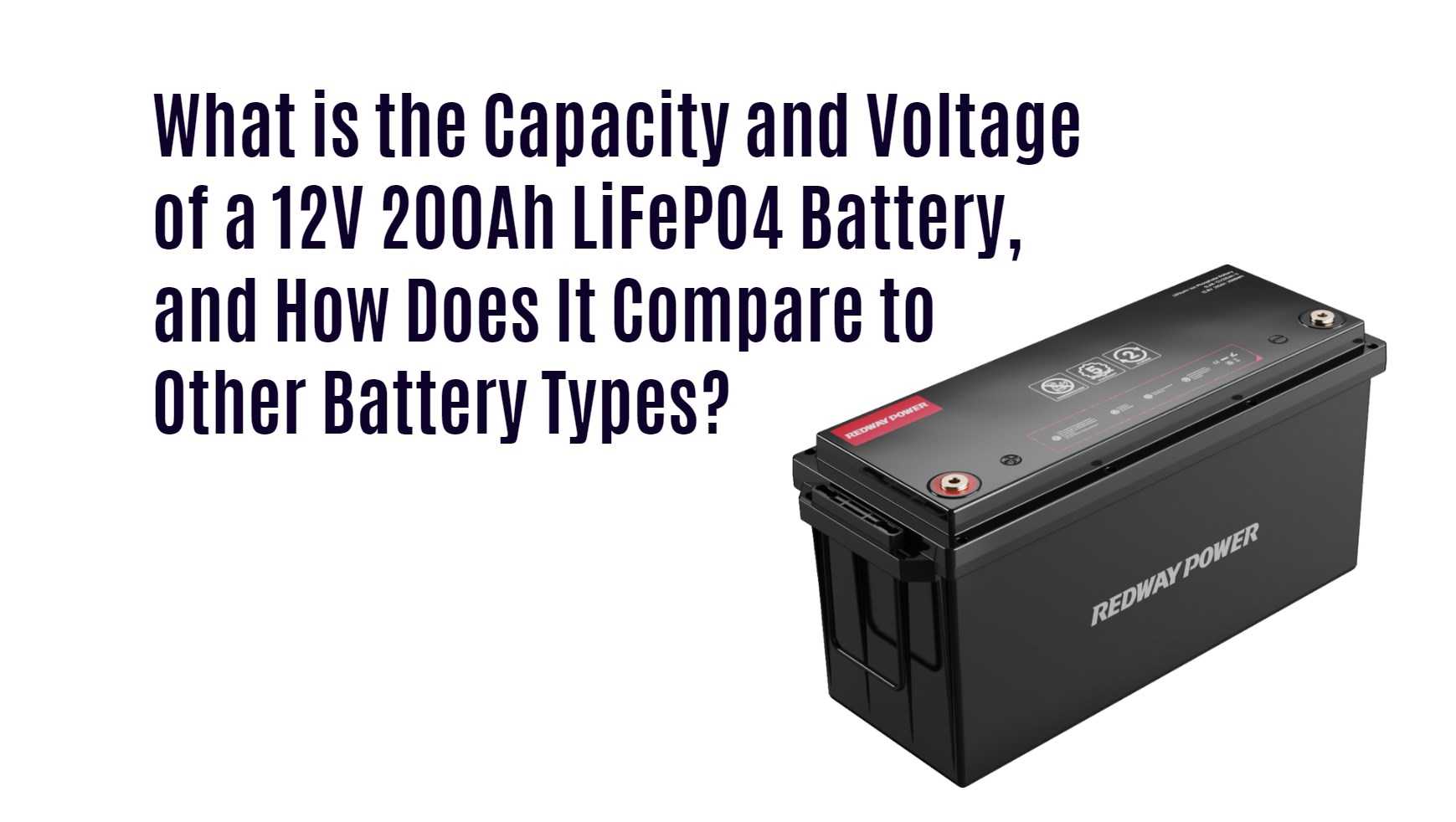To find a reliable rack battery system manufacturer, research and identify reputable manufacturers with certifications, quality assurance processes, and positive customer reviews. Consider factors such as product quality, warranty, customer support, and pricing. By following these steps, you can find a reliable manufacturer for your rack battery system needs.
-
Research and Identify Reputable Manufacturers:
- Conduct thorough research to identify reputable rack battery system manufacturers.
- Look for manufacturers with a proven track record in the industry and positive customer feedback.
-
Consider Certifications and Quality Assurance Processes:
- Check if the manufacturer has relevant certifications and follows quality assurance processes.
- Certifications indicate adherence to industry standards and ensure the quality of the products.
-
Read Customer Reviews and Testimonials:
- Read customer reviews and testimonials to gauge the reputation of the manufacturer.
- Positive reviews indicate customer satisfaction and reliability of the manufacturer.
-
Evaluate Product Quality, Warranty, and Customer Support:
- Assess the quality of the rack battery systems offered by the manufacturer.
- Consider the warranty provided for the products and the level of customer support available.
-
Compare Pricing:
- Compare the pricing of different manufacturers to ensure you get the best value for your investment.
- However, prioritize quality and reliability over price alone.
The Importance of a Reliable Rack Battery System
A
reliable rack battery system is essential for uninterrupted power supply and protecting critical equipment in data centers and server rooms. It prevents data loss, maintains system availability, and safeguards against financial losses. It also enhances data center reliability, improves energy efficiency, offers scalability, and maximizes power storage in limited space.
-
Uninterrupted Power Supply and Equipment Protection:
- A reliable rack battery system ensures uninterrupted power supply, even during outages or power disruptions.
- This uninterrupted power supply helps protect critical equipment, such as servers, routers, and switches, from unexpected power failures.
-
Prevention of Data Loss and System Availability:
- Power outages can lead to data loss, which can have severe consequences for businesses and organizations.
- A reliable rack battery system provides backup power, allowing systems to continue running and preventing data loss.
- It helps maintain system availability, ensuring that essential services and operations can continue without interruption.
-
Safeguarding Against Financial Losses:
- Downtime caused by power outages can result in significant financial losses for businesses.
- A reliable rack battery system minimizes downtime by providing backup power, reducing the risk of financial losses due to interrupted operations.
-
Enhancing Data Center Reliability and Energy Efficiency:
- A reliable rack battery system contributes to the overall reliability of data centers.
- It ensures that critical systems and equipment are protected, minimizing the risk of downtime and disruptions.
- Additionally, a reliable rack battery system helps improve energy efficiency by providing backup power only when needed, reducing overall energy consumption.
-
Scalability and Space Optimization:
- Rack battery systems offer scalability, allowing for easy expansion as power requirements grow.
- They also maximize power storage in limited space, making them an efficient choice for data centers and server rooms.
Factors to Consider When Choosing a Rack Battery System Manufacturer
When choosing a rack battery system manufacturer, consider factors such as power requirements, criticality of the systems, budget constraints, load demands, runtime requirements, scalability, maintenance needs, and safety features. By evaluating these factors, you can make an informed decision and choose the right rack battery system manufacturer for your needs.
-
Assess Power Requirements and Criticality of Systems:
- Evaluate the power requirements of your systems and determine their criticality.
- Consider factors such as the amount of power needed, the duration of backup power required, and the importance of uninterrupted power supply for your specific applications.
-
Consider Budget Constraints:
- Determine your budget for the rack battery system and consider manufacturers that offer solutions within your budget range.
- However, it is important to prioritize quality and reliability over cost alone to ensure long-term performance and reliability.
-
Evaluate Load Demands and Runtime Requirements:
- Assess the load demands of your systems, including the power consumption and peak power requirements.
- Consider the runtime requirements, which determine how long the rack battery system should be able to provide backup power.
-
Scalability and Maintenance Needs:
- Determine if the rack battery system is scalable, allowing for easy expansion as your power requirements grow.
- Consider the maintenance needs of the system, including battery replacement, monitoring, and servicing requirements.
-
Safety Features and Built-in Mechanisms:
- Look for rack battery systems with built-in safety features, such as overcharge protection and temperature monitoring.
- These safety mechanisms ensure the safe operation of the system and protect against potential hazards.
Reputation and Track Record
When looking for a reliable rack battery system manufacturer, reputation and track record play a crucial role. A company’s reputation speaks volumes about the quality of their products and services.
A manufacturer with a strong track record is more likely to deliver on their promises and provide durable, high-performance rack battery systems. It’s essential to research the manufacturer’s history, customer testimonials, and industry certifications.
Reputable manufacturers often have years of experience in producing top-notch rack battery systems that meet industry standards. They prioritize customer satisfaction and strive to maintain a positive image in the market.
By choosing a manufacturer with an excellent reputation, you can trust that they will stand behind their products and offer reliable solutions for your power storage needs. Conduct thorough research before making your decision to ensure you partner with a trustworthy and reputable rack battery system manufacturer.
Quality and Durability of Products
When searching for a reliable rack battery system manufacturer, one critical aspect to consider is the quality and durability of their products. Quality ensures that the batteries are built to last, providing consistent performance over time. Durability speaks to the ability of the batteries to withstand various environmental conditions and usage demands.
A reputable manufacturer will prioritize using high-quality materials in their products, ensuring reliability and longevity. By investing in a durable rack battery system, you can have peace of mind knowing that your power supply needs are well taken care of.
Quality control measures implemented during manufacturing play a significant role in determining the overall reliability of the battery systems. Thorough testing procedures help identify any potential issues before the products reach customers, guaranteeing consistent performance.
Choosing a manufacturer known for producing dependable and long-lasting rack battery systems is crucial for maintaining uninterrupted power supply in various applications. Prioritizing quality and durability ensures that you get value for your investment while minimizing downtime due to equipment failures or malfunctions.
Availability of Customization Options
When looking for a reliable rack battery system manufacturer, one key factor to consider is the availability of customization options. A manufacturer that offers customized solutions can tailor the rack battery system to meet your specific needs and requirements.
Customization options may include choosing the size and capacity of the batteries, selecting specific mounting configurations, or even integrating advanced monitoring and management features.
By opting for a manufacturer that provides customization options, you can ensure that the rack battery system will seamlessly integrate into your existing infrastructure and deliver optimal performance.
Moreover, having the flexibility to customize the system allows you to address any unique challenges or constraints within your facility. Whether it’s maximizing space efficiency or enhancing overall energy storage capabilities, customization plays a crucial role in achieving desired outcomes.
Selecting a manufacturer that offers extensive customization options empowers you to design a tailored solution that aligns perfectly with your operational needs.
Customer Reviews and Feedback
When searching for a reliable rack battery system manufacturer, customer reviews and feedback play a crucial role in the decision-making process. Reading what other customers have experienced with the company can provide valuable insights into the level of service and product quality you can expect.
Take the time to browse through various review platforms or testimonials on the manufacturer’s website. Look for patterns in feedback regarding reliability, performance, and customer support. Positive reviews highlighting seamless installations and long-lasting battery systems are indicators of a reputable manufacturer.
Pay attention to any negative comments as well. While no company is perfect, consistent complaints about product malfunctions or poor customer service should raise red flags. It’s essential to consider both positive and negative feedback to make an informed choice.
Customer reviews offer real-life experiences that can guide you towards selecting a rack battery system manufacturer that aligns with your needs and expectations.
Comparing Prices and Services Across Manufacturers
When looking for a reliable rack battery system manufacturer, it’s essential to compare prices and services across different companies. Each manufacturer may offer varying price points and service packages, so it’s crucial to do your research.
Start by obtaining quotes from multiple manufacturers to get an idea of the cost range for the products and services you need. Keep in mind that the cheapest option may not always be the best in terms of quality and reliability.
Consider what services are included in the pricing – such as installation, maintenance, or technical support. Some manufacturers may provide additional value-added services that could benefit your business in the long run.
Look into any special promotions or discounts offered by manufacturers that could help you save money without compromising on quality. Remember that investing in a high-quality rack battery system is crucial for ensuring uninterrupted power supply for your operations.
Ensuring Timely Delivery and Installation
When it comes to choosing a reliable rack battery system manufacturer, ensuring timely delivery and installation is crucial. You don’t want to be left waiting for weeks or even months for your essential equipment to arrive.
Look for manufacturers with a reputation for meeting deadlines and delivering products on time. Timely installation is just as important as prompt delivery – you need your system up and running efficiently without any unnecessary delays.
Before making a decision, inquire about the manufacturer’s process for delivery and installation. Do they have a streamlined approach that ensures everything is set up quickly and correctly?
By prioritizing timely delivery and installation in your selection criteria, you can avoid potential headaches down the line and ensure that your rack battery system is ready to meet your needs when you need it most.
Warranty and Support Services
When exploring potential rack battery system manufacturers, it’s essential to pay close attention to the warranty and support services they offer. A reliable manufacturer will stand behind their products with a solid warranty that provides you with peace of mind knowing your investment is protected.
Ensure that the manufacturer offers comprehensive support services in case any issues arise post-installation. Quick response times and efficient troubleshooting can make a significant difference in maintaining optimal performance of your rack battery system.
Look for manufacturers that have a dedicated customer support team ready to assist you with any inquiries or concerns you may have regarding the product. Clear communication channels and responsive assistance can streamline problem-solving processes if technical difficulties occur.
A robust warranty combined with accessible and knowledgeable customer support services can enhance your overall experience with a rack battery system manufacturer, ultimately contributing to a smoother operation of your power infrastructure.
Conclusion
In today’s fast-paced world where energy reliability is crucial, choosing a reliable rack battery system manufacturer is paramount. By considering factors such as reputation, product quality, customization options, customer feedback, pricing, delivery timelines, and after-sales support, you can make an informed decision.
Remember that investing in a high-quality rack battery system from a reputable manufacturer will not only provide you with peace of mind but also ensure the smooth operation of your power storage needs. So take the time to research and compare different manufacturers before making your final choice. Your future self will thank you for it.






